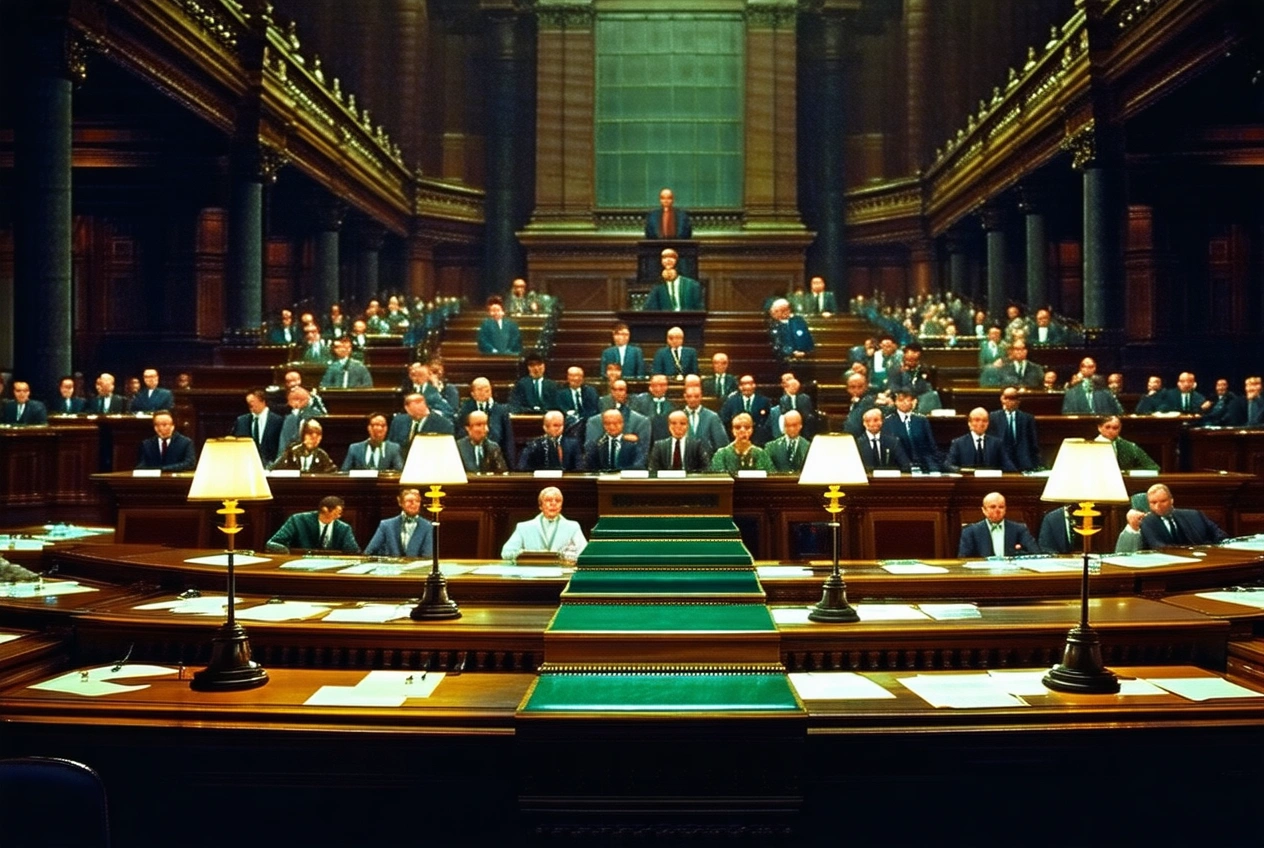
Thailand’s stringent prohibition on vaping products that contain nicotine, which has been in place since 2014, has been hailed by authorities as a necessary step to protect public health, particularly...

WIEN – Diese Woche enthüllte Innenminister Gerhard Karner von der ÖVP, dass er einen Gesetzesentwurf “schnell” durchsetzen möchte, der der Regierung die Befugnis geben würde, verschlüsselte Kommunikation in Nachrichten-Apps zu...

April 7, 2025 Rep. Brett Guthrie (KY-02), Chairman Rep. John Joyce, Vice Chairman House Committee on Energy and Commerce Rayburn House Office Building, 2125, Washington, DC 20515 Response to the...

If there is one bright spot in Trump’s trade threats, it is that the conversation on how to improve the global regulatory space for the average consumer has been recalibrated. ...

Liberal Leader Mark Carney is out to prove he’s a centrist. By ending unpopular Trudeau-era policies like the capital gains tax hike and the consumer carbon tax, Carney is clearly...

“WHY shouldn’t I? It’s flavourful, suited for local taste buds and relatively cheaper,” says 28-year-old Noraina Salam, an engineer from Shah Alam, when asked if she prefers local coffee over...

Indonesia merupakan salah satu negara dengan luas wilayah terluas di dunia. Tidak hanya itu, berbeda dengan negara-negara besar lainnya, seperti Rusia, Amerika Serikat, dan Brazil, Indonesia merupakan negara kepulauan yang...

SMALL businesses nationwide are preparing for a major transition as Malaysia moves towards mandatory e-invoicing. Beginning July 1, all taxpayers, including micro, small, and medium enterprises (MSMEs) – both brick-and-mortar...

Florida insurance premium costs are dropping, the number of civil lawsuits being filed is decreasing, “nuclear verdicts” are becoming less common and more insurers are entering the Sunshine State, a...

In a recent closed-door meeting with the CEOs of several major food companies—including PepsiCo, General Mills, Smucker’s, Kraft Heinz, and Kellogg’s—Health and Human Services Secretary Robert F. Kennedy Jr. implored the industry...

Consumer advocacy group and think tank Consumer Choice Center says the benefits of 2023’s major tort law rewrite have started reaching everyday Floridians. A policy primer published by the organization says HB 837 —...

The Consumer Choice Center (CCC) has called on the Government to review and amend Malaysia’s e-invoicing framework, urging authorities to exempt small online businesses earning RM150,000 or less annually. Under...